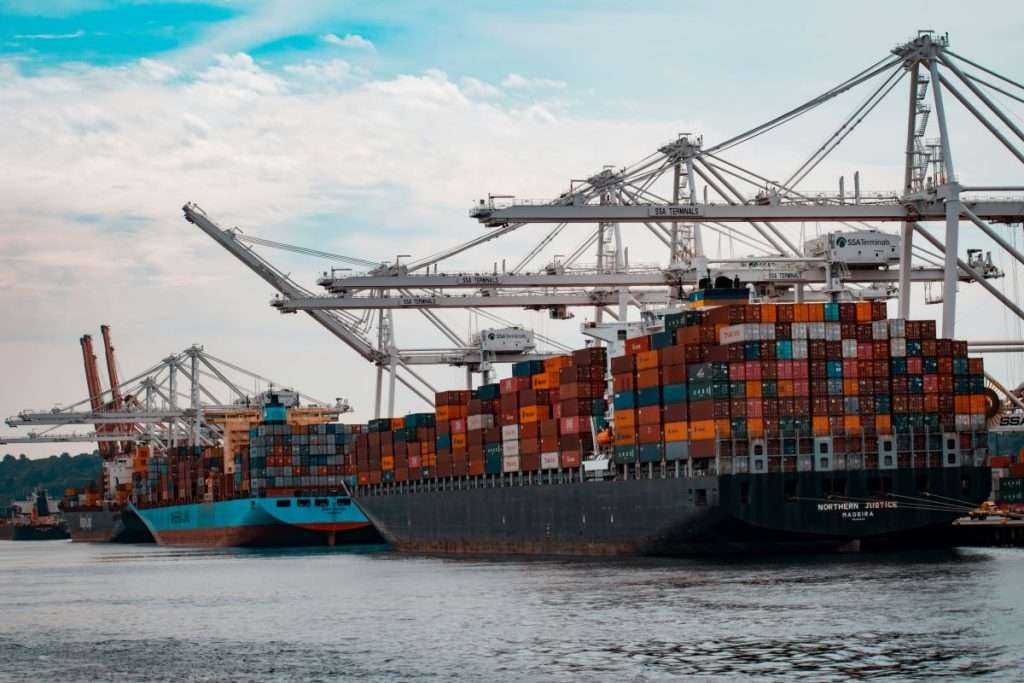The dockworkers strike, which affected ports from Maine to Texas, did not significantly disrupt the flow of imported goods into the country. While the strike did result in increased warehousing and transportation costs for retailers who had to reroute their cargo or bring it in early, the overall impact on the national economy is expected to be minimal.
Jonathan Gold, NRF Vice President for Supply Chain and Customs Policy, expressed relief that the strike was short-lived and reassured that it would not affect the upcoming holiday shopping season. He stated, “It will take the affected ports a couple of weeks to recover, but we can rest assured that all ports across the country will be working hard to meet demand.”
Focus Shifts to Negotiations
The NRF is now focusing on bringing the International Longshoremen’s Association (ILA) and the United States Maritime Alliance Ltd. (USMX) back to the negotiation table. The aim is to reach a long-term contract before the short-term extension ends in mid-January to avoid a similar disruption.
U.S. Imports Remain Strong
Despite the strike, U.S. ports are expected to handle 2.12 million twenty-foot equivalent units (TEU) in October, marking a 3.1% increase year over year. This figure is slightly higher than the 2.08 million TEU forecast for October a month ago, indicating that the strike did not significantly affect national totals.
The report also forecasts that 2024 will see a total of 24.9 million TEU, up 12.1% from 2023. This comes as NRF predicts that 2024 retail sales will grow between 2.5% and 3.5% over 2023, excluding automobile dealers, gasoline stations, and restaurants.
The recent dockworkers’ strike had a minimal impact on the national economy, with U.S. imports remaining strong and showing resilience in the face of disruptions. Moving forward, the focus is on negotiations to ensure a long-term contract is reached to avoid similar disruptions in the future. The global supply chain continues to adapt and evolve in response to these challenges.








